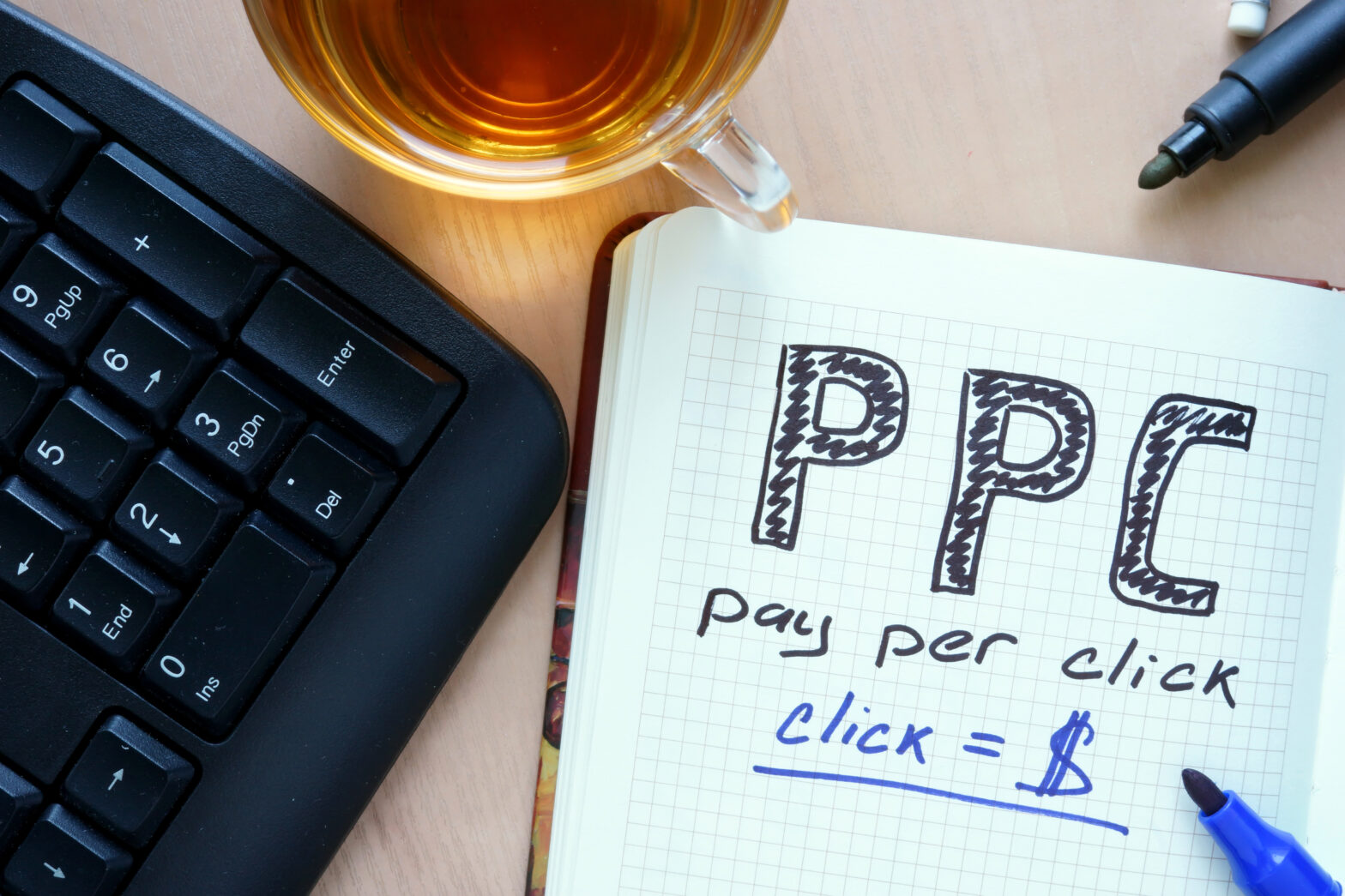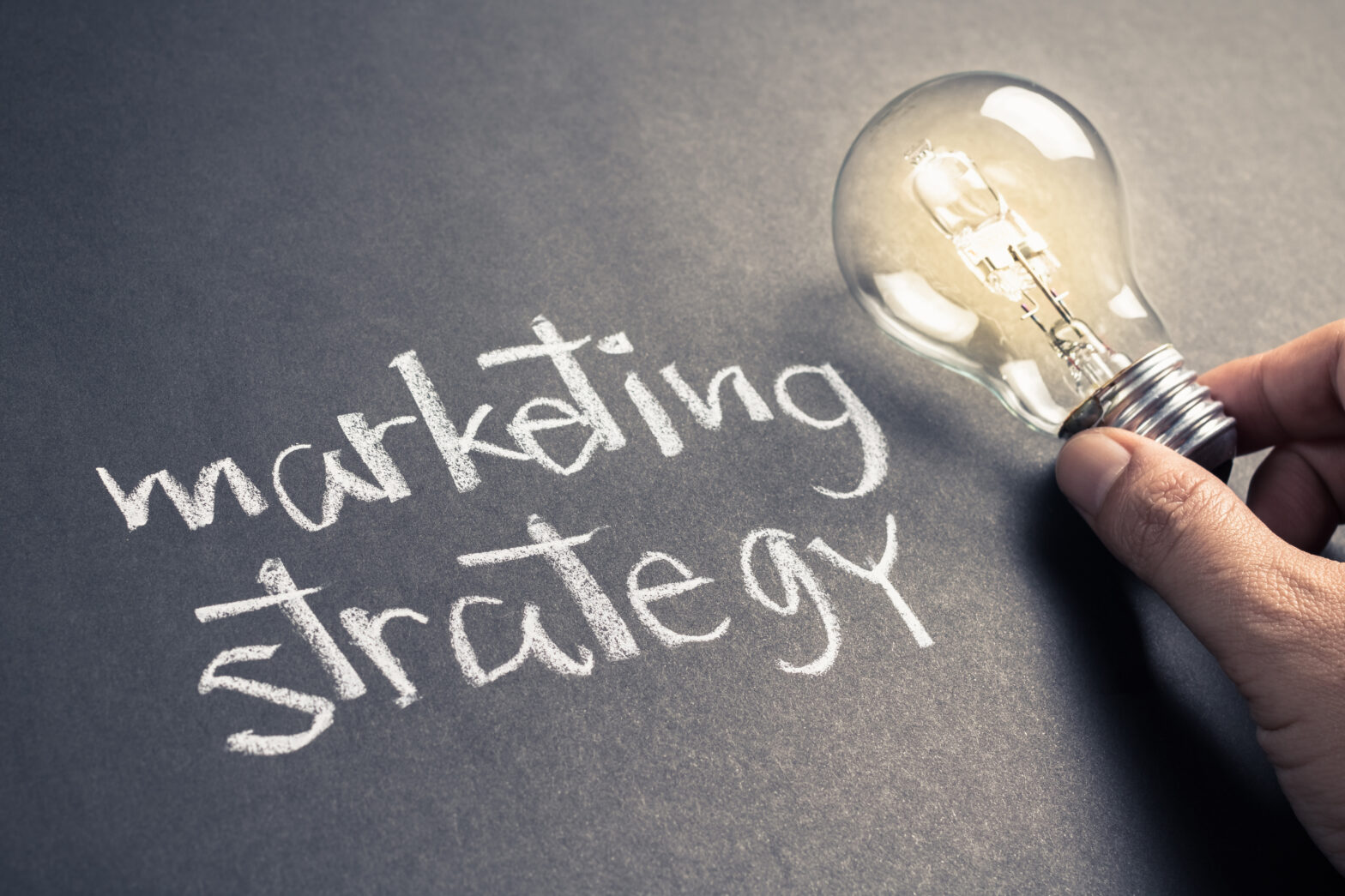Pay-per-click (PPC) is the online advertising model used on search engines, advertising networks and content websites in which advertisers pay their host when their ad is clicked. In a relatively short space of time it has become the most important method of advertising on the web in terms of raw advertising spend. Indeed, so important is it that PPC is the main driver of Google’s revenues – and Google is, I remind you, the biggest listed company on the planet.
Although many PPC providers exist, for UK advertisers there are three main PPC programmes and they are all managed by search engines: Google AdWords, Yahoo! Search Marketing, and Microsoft adCenter. All three operate what is called a bid-based model – where Cost per click (CPC) varies depending on the level of competition for a particular keyword and buyers must ‘bid’ for exposure.
For many businesses (of all sizes) PPC has become a critical marketing channel and the level of technological sophistication applied to PPC campaigns has increased exponentially in recent years. The reason for this is quite simple: PPC allows a company to buy its way to the top of search engine results pages for keywords (or key-phrases) relevant to its business.
As knowledge of PPC and its benefits have percolated through to the business community, CPC and total budgets have spiked. This writer has seen average bids (across all industries) rise from 10 pence to closer to 40 pence in the last three years – and in some sectors I have seen bids as high as £10.00 per click – which is lunacy, frankly, as this is no guarantee of a sale, it simply brings a searcher to your website. Some sectors are ‘hotter’ than others. Travel is competitive, as is financial services. Property was getting very expensive at one stage but has regressed slightly in-line with the market. But whatever sector a company is involved in, these days there are very few bargain bids available.
In view of all this, it is vital that small businesses are strategic in their use of PPC – or they can quickly find budget is exhausted with little to show for it in terms of results. So listed below are seven strategies SMEs can apply when using PPC. Nota bene: this is a big subject with, as mentioned above, a high degree of sophistication. The following are only basic pointers. For a more complete discussion try sites like SEOmoz, or Search Engine Watch.
1. Go Niche
Bidding on the major volume keywords in most sectors can be stratospherically expensive whilst conversion rates (i.e. the number of visitors actually buying) can be low. Niche keywords tend to be not only cheaper but they often convert better as well.
2. Concentrate on ROI
As a rule of thumb you can assume a conversion rate of 1 per cent, i.e for every 100 visitors from a PPC ad, you expect 1 sale. This is a fairly conservative estimate and you may have your own rate. Unless your strategy is specifically to win market share, try to base your average CPC and target your ads on products or sectors where you gain the best Return on Investment according to the conversion rate. In order to measure this you should ideally use tracking pages or set goals in your web statistics software (you do have web stats software don’t you? No? Fix this immediately).
3. Use PPC for ‘New’ Products or Sites
When launching a new website, or a new product line to an existing website, web traffic from search engines will usually be very low. This is because it takes time for the new pages to build up sufficient authority with the search engines and therefore top / first page SERPs (Search Engine Ranking Positions) are lacking.
Careful use of PPC can plug the gap and bring a steady stream of visitors until such time as the new pages gain traction with the search engines. Last year I was involved in a new website launch for an online retailer of limestone, basalt and slate wall and floor tiles. On launch We kicked off with a PPC campaign designed to bring in at least 100 visitors a day to the site and raise brand profile.
Three months later the site was starting to generate ‘organic’ visitors from Google and Yahoo! and we were able to reduce and re-allocate the PPC budget by removing adverts on keywords where we had high SERPs. A process we now revisit every quarter.
Later the company introduced a budget marble tiles range and again we used PPC to generate initial visitors / customers, reducing the budget over time as natural searches came online.
4. Scheduling
In some industry sectors there are clear weekly and / or diurnal buying cycles – that is, some days and periods during the day are better for sales.
Monitor your own online sales and work out when the majority of sales are being made. Schedule your ads to switch off and on according to periods of low / high activity. If you want to get really complex you can also raise or lower bids in line with sales activity.
5. Landing Pages
It is vital that the page you send visitors to via a PPC ad relates directly to the product offer. Careful monitoring of your sales or leads on a page by page basis can help you identify the poorly performing ones which you should then re-write or adjust.
6. Piggy-back on your Competitors Trademarks
In 2008 Google relaxed its AdWords policy on trademark keywords in the UK, allowing bidders to appear in searches for any brand, regardless of whether they owned the brand or not. The following is a ‘Sponsored Link’ for a product called WordButler which takes full advantage of this policy
Spyfu Exposed
Don’t Buy Spyfu Until You’ve Seen WordButler. It’s Simply Better.
www.WordButler.com
(NB – In its sector SpyFU is clear market leader).
7. Bid on Tradeshow Events and Conferences Names.
If your business markets at industry events, reinforcing its presence via PPC can be an excellent way to maximize this investment. Set up bids and landing pages before the event and keep them running for up to 1 week after – longer if media exposure surrounding the event has a long tail.
So there you go. Seven tips on strategic use of PPC that can really boost your e-commerce effectiveness. There are many more methods and techniques and I encourage you to read more on this matter online where a wealth of information is available. Ultimately though, the best way to improve your PPC campaigns is via practice and careful analysis of the data. In just a short while you will be able to understand what works and what doesn’t and tweak your campaigns accordingly.
This article was contributed by Jez Booker – Head of Search at The Internet Works, London.





